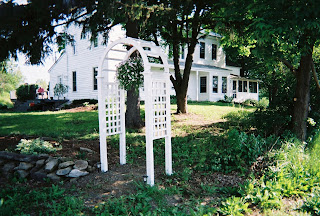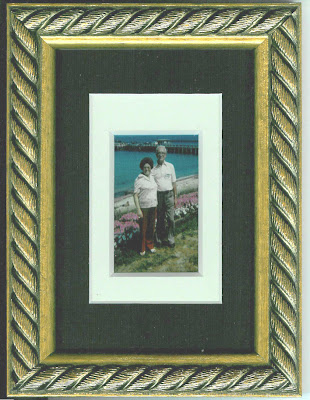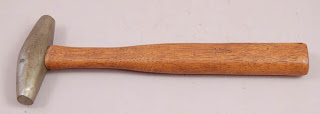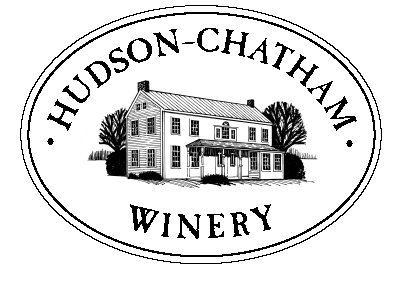
The farm at the Hudson-Chatham Winery is the last fifteen acres of a spread that by the 1950s and 1960s extended to more than 500 acres. Most of the existing houses that can be seen from our fields now are on lands that once were a part of this farm.

The farm dates back to the 1780s when the house was built. However, most most well-known inhabitants were the Cooley Family. The most prominent of these was Mr. Ralph Colley, Sr. Originally from Pittsfield, Massachusetts, Mr. Cooley bought the property in the 1930s.
Ralph Cooley was without question one of the most influential and progressive proponents of Ayrshire dairy cows in the United States, and was highly thought of as a breeder and geneticist.
The Ayrshire cattle is a breed of dairy cattle originated from Ayrshire in Scotland. The average mature Ayrshire cow weighs 1000-1300 pounds. Ayrshires have red markings. The red can be an orange to a dark brown, with or without colored legs. They are known for low somatic cell counts, ability to convert grass into milk efficiently, and hardiness. The breed's strong points are the now desired traits of easy calving and longevity.

The Ayrshire cow is universally recognized as one of the most beautiful of the dairy cattle breeds, but much more important is the fact that she has been bred and developed to be a useful and profitable dairy cow. Now they are shown across the US in many National and World shows. The Ayrshire is changing the milking industry as well as the showing one. The cows are wanted for several desirable traits. In 1929, two Ayrshire cows named Tomboy and Alice, were literally walked from the association headquarters at Brandon, Vermont, to the National Dairy Show at St. Louis, Missouri. Both cows not only survived the trip, but calved normally and went on to produce outstanding milk records of the time. Mr. Cooley bought Ayrshires early on in the breed’s history here in the United States, and was one of the great pioneers of the breed.
 Ralph Cooley and his Ayrshires collected many accolades over the years, from live stock associations at the county, state, and national levels culminating in a lifetime achievement award from the U.S. Ayrshire Breed Association in the 1990s for his work with the breed.
Ralph Cooley and his Ayrshires collected many accolades over the years, from live stock associations at the county, state, and national levels culminating in a lifetime achievement award from the U.S. Ayrshire Breed Association in the 1990s for his work with the breed.
More importantly, perhaps, Ralph D. Cooley, Sr. was also known locally as a well liked businessman and neighbor. And even after the farm was parceled and sold in the late 1960s, and early 1970s, many local residents, who remember him fondly, still refer to the property at the old Cooley Farm. Mr. Cooley was a friendly face in Ghent and Columbia County for decades after his retirement. 
From the early 1930s until near his death in the late 1990s Mr. Cooley was also a noted local sugarmaker. Mr. Cooley could annually be found near his sugar shack, which was caddy corner to the white barn found on our property sitting up on Route 66.
Every late winter and early spring, Mr. Cooley could be found standing near the boiling pots of sap, filling up the bottles, pails, jars, and jugs of friends and family for a nominal fee. He was as popular for his company as he was for his rustic syrup.

Brisklea Farm often hosted youngsters from around the county. Pre-schoolers and elementary students made class trips here to learn about sugar making, maple trees, and maple syrup. Mr. Cooley also hosted high-school and college vocational groups interested in agriculture and livestock breeding and care.
The farm passed through a series of owners hands. Now, in 2006 and 2007, we have attempted to restore one of the great working farms of Columbia County. And we take our hats off to folks like Mr. Cooley in tribute.
(Special thanks to Ralph Cooley, III, Gilbert Raab, and Phil Trowbridge of Trowbridge Angus)
(photos courtesy of Ralph D. Cooley, III and Brisklea Farm by arrangement with Hudson-Chatham Winery)













